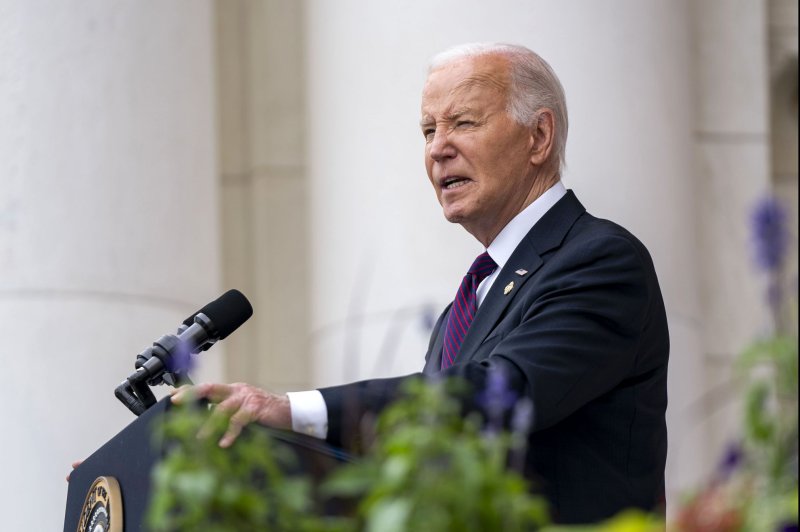The Biden administration introduced a major initiative on Tuesday at a White House summit aimed at facilitating America’s shift to clean energy sources while modernizing the aging U.S. power grid infrastructure. The initiative, dubbed the “Federal-State Modern Grid Deployment Initiative,” involves collaboration with 21 states, all of which have Democratic governors. The primary goal is to enhance energy transmission capabilities and minimize power outages across the nation.

Goals and Scope of the Initiative
Energy Secretary Jennifer Granholm emphasized the urgency of updating the power transmission infrastructure to ensure reliable energy distribution throughout the country. The initiative seeks to incorporate modern grid technologies that can support increased demand and integrate renewable energy sources more effectively. This effort is particularly critical in light of recent severe weather events, such as those over the Memorial Day weekend, which left hundreds of thousands without power in Texas and other parts of the South and Midwest.
The initiative aims to drive grid adaptation swiftly and cost-effectively, leveraging significant public investments to strengthen grid resilience and bolster U.S. energy security. This includes funding thirteen projects through the Grid Deployment Office and utilizing resources provided under President Biden’s bipartisan Infrastructure Law.
Commitment to Clean Energy and Future Prospects
President Biden’s climate advisor, Ali Zaidi, described the initiative as “unprecedented,” highlighting its role in preventing power outages during extreme weather and advancing U.S. energy security. He underscored the administration’s commitment to achieving a carbon-neutral power grid by 2035, noting substantial progress in adding clean energy generation capacity. Zaidi pointed out that 96% of new electric generation capacity in 2024 will come from clean energy sources, marking a significant milestone in the country’s energy transition.
Despite advancements in renewable energy integration, challenges remain, particularly in the reliance on outdated technologies and the need for extensive transmission line construction. Historically, expanding the U.S. power grid capacity has been slow, taking up to a decade to complete. The administration aims to expedite these processes by deploying new tools and technologies, which can integrate renewable energy sources more rapidly and cost-effectively.
Future Outlook
The Biden administration’s initiative marks a crucial step towards enhancing the resilience, reliability, and affordability of the U.S. power grid. By integrating modern grid technologies and expanding clean energy capacity, the initiative not only addresses immediate challenges but also lays the groundwork for a sustainable energy future. The collaboration between federal and state governments, industry leaders, and labor unions reflects a unified effort to tackle the pressing issues of energy security and climate change mitigation.

As the initiative progresses, ongoing investments and policy innovations will be crucial in achieving the administration’s ambitious goals. By supporting technological innovation and workforce training, the initiative aims to create new job opportunities and lower utility bills for American consumers. Moving forward, continued public and private sector cooperation will be essential in overcoming existing barriers and ensuring a resilient and sustainable energy infrastructure for future generations.
